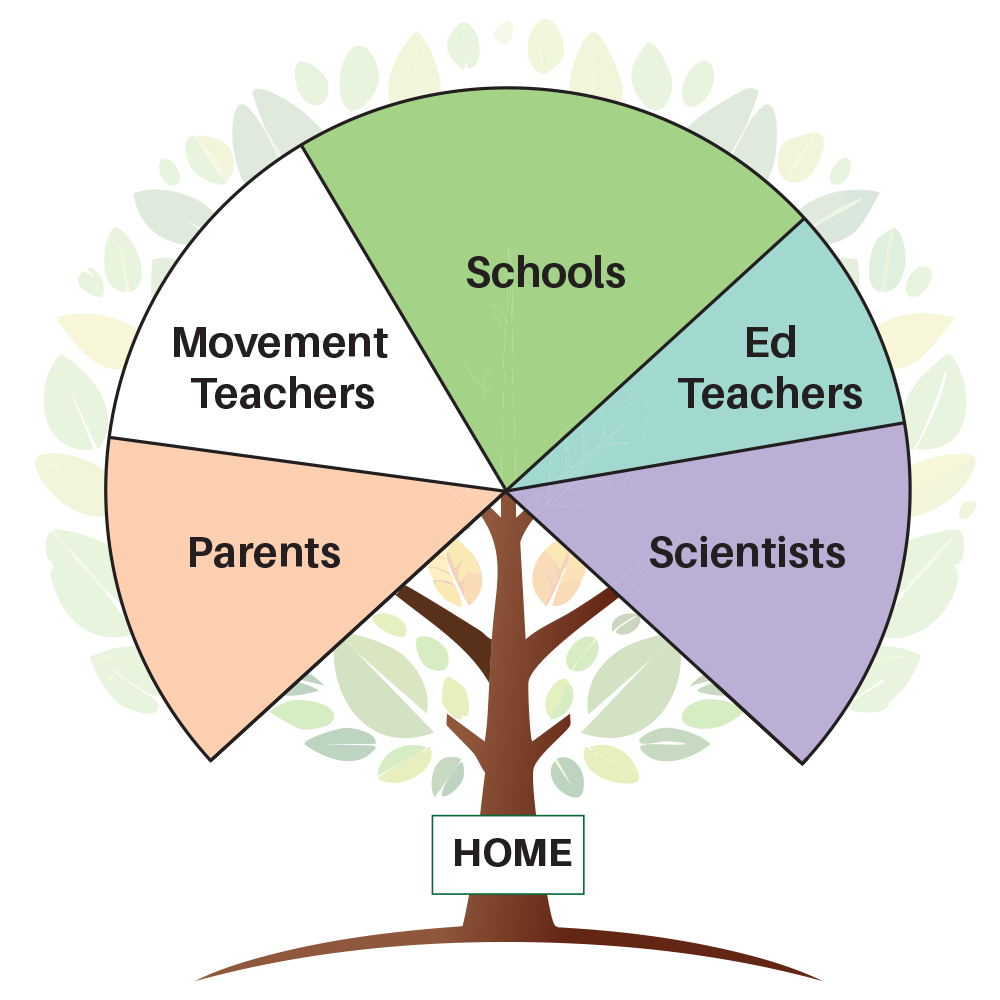
A New Sensory Self-Awareness
Tools to feel both the Inner and outer worlds simultaneously, from the heart
BUY HERE AT AMAZON
When you purchase the book all proceeds go to back into the program.
Thank You!
See how to get a discount for bulk orders. Scroll down.
Use the Website with the Book
This website is designed to help you with the book. The birthing of this book originated in 2008 when Catherine Mitchell, Feldenkrais® Practitioner, was asked by Art Souza, superintendent of West Hawaii, to share the simplest lessons that were foundational to the Wellness Through Movement methodology.
In a way, what cannot be put into words is put into experience to be explained. Finding the Sensory Body (SB) is no different. Movement with attention achieves a new kind of sense within the living presence of the self. With each visit into the movement, the knowledge of the SB becomes a dialogue of a wordless comparison of sensations to emotions, thoughts, and feelings.
Like a clear, sharp visit, over time, what is subjective by expression extends from the constitutional process of living. The voice, without words, becomes a flow emerging a message of expression. This “voice” knows the union of mind-body. With this union there is the recognition of union with the heart. It’s the sweet language of being. And in the language, there is a gift given to everyone.
The book was originally written with and for elementary teachers, however, it has become the “how to” bible of finding the Sensory Body.
What is in the book?
The book is a collection of games designed through the Feldenkrais® Method termed, Awareness Through Movement (ATM). The games were tested for eight years in elementary schools for groups of children ages 5 to 10 years.
The games are about opening up the heart. In summary, children learn first from a container space, practices guide awareness to sense first the space around them. Then the field of attention is gradually narrowed from “out there” to inside their bodies. With this type of dual awareness, there is not just the sense of “out there” but what is inside and what is emotional, mental, and physical. This “dual attention,” inside the body with what is around, reveals a sense of their energy bodies (their Personal Bubbles) and helps open their hearts.
How does it work?
Keep in mind, Moshe Feldenkrais was an engineer of physics. He applied the science of motion with the development. Based on the Feldenkrais® method using movement, breath, and direction of attention the lessons show what orchestrates the way we view the world and ourselves.
(There are fifteen more lessons in Part II not included in this book.)
What did the lessons in this book help?
When children learn to feel inside their bodies, they begin to understand their own processes in times of stress and challenges. Their Aloha expands. The children could share and hear more clearly their internal processes and thus the processes of others (Ho’oponopono Home lesson, page 60).
Teachers reported that students became more compassionate, patient, and better listeners with the sense of “Home” in the classroom environment. Students also helped each other more than ever in the past.
According to Principal Danny Garcia, at Kohala Elementary (our pilot school), bullying stopped. Testimonials
Parents reported their children’s general well-being improved.
About the Author
Catherine Rosasco-Mitchell, a Feldenkrais® practitioner, worked for forty years with adults and children with chronic conditions. She is the author of a video animation program, Get Sensational Attention, an online curriculum for elementary schools, and this book A New SENSORY Self Awareness, Part I—For more information: WTM Part I.
Is there Research?
Yes. The lessons were tested for thirteen years in elementary schools. Lessons are like no other physical education. The pedagogy of learning through motion is a crucial missing link to education. This “link” is nature’s way information travels from the body for the brain to learn. The method is based on the Feldenkrais® work. Through awareness of sensations in body, children sense a new perception about themselves and how they handle circumstances from a kinder and compassionate manner.
Acknowledgements
Special thanks to the Kohala community of children, parents, teachers, and principals, especially Principal Danny Garcia at Kohala Elementary. It was only doing the program together, we were able to help so many children find a new way of life and bring light to their authentic nature.
Tips in the Book
Check out the sequencing of lessons. ( p.35) Wonder the sequences of movement lessons are building blocks to a language. The language comes from the body and goes to the brain.
Discounts are available for 10 or more copies
Contact us for a code. Allow ten days for a reply.


